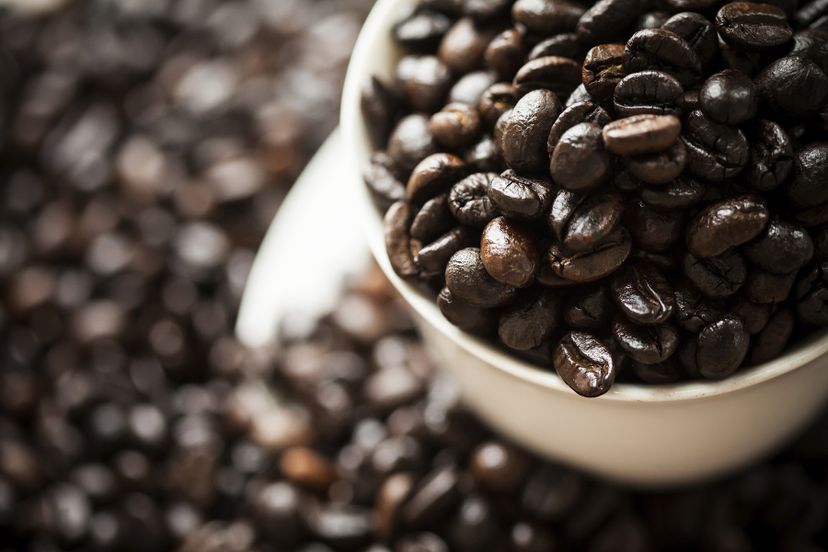
About This Quiz
It wakes you up, gets you going, and may even cure your headache. But how much do you really know about caffeine?Around 90 percent of Americans consume caffeine daily in one form or another. Over half of all American adults consume more than 300 milligrams of caffeine every day, making it the most popular drug in the United States.
Caffeine is known medically as trimethylxanthine. When isolated in its pure form, caffeine is a white crystalline powder that tastes very bitter.
Typical drip-brewed coffee contains 100 milligrams per 6-ounce cup. If you're buying your coffee at a coffee shop or drinking it out of a mug or a commuter's cup, you're consuming it in 12-, 14- or 20-ounce containers. You can calculate the number of milligrams based on your normal serving size.
Advertisement
To a nerve cell, caffeine looks like adenosine and binds to the adenosine receptor. However, caffeine doesn't slow down the cell's activity like adenosine would.
Caffeine increases dopamine, which is a neurotransmitter that activates the pleasure center in certain parts of the brain.
The half-life of caffeine in your body is about six hours. That means that if you consume a big cup of coffee with 200 milligrams of caffeine in it at 3 p.m., about 100 milligrams will still be in your system at 9 p.m.
Advertisement
Caffeine causes your blood vessels to constrict, which is why your hands get cold, your muscles tense up, you feel excited and you can feel your heart beat increasing after consuming a big cup of coffee.
Since caffeine causes your blood vessels to constrict, it can limit the amount of blood flow to the achy area and relieve the pain.
Once you're addicted to caffeine, you have to keep taking the drug. If you try to stop your caffeine intake, you might get tired, depressed and a terrible headache as blood vessels in the brain dilate.
Advertisement